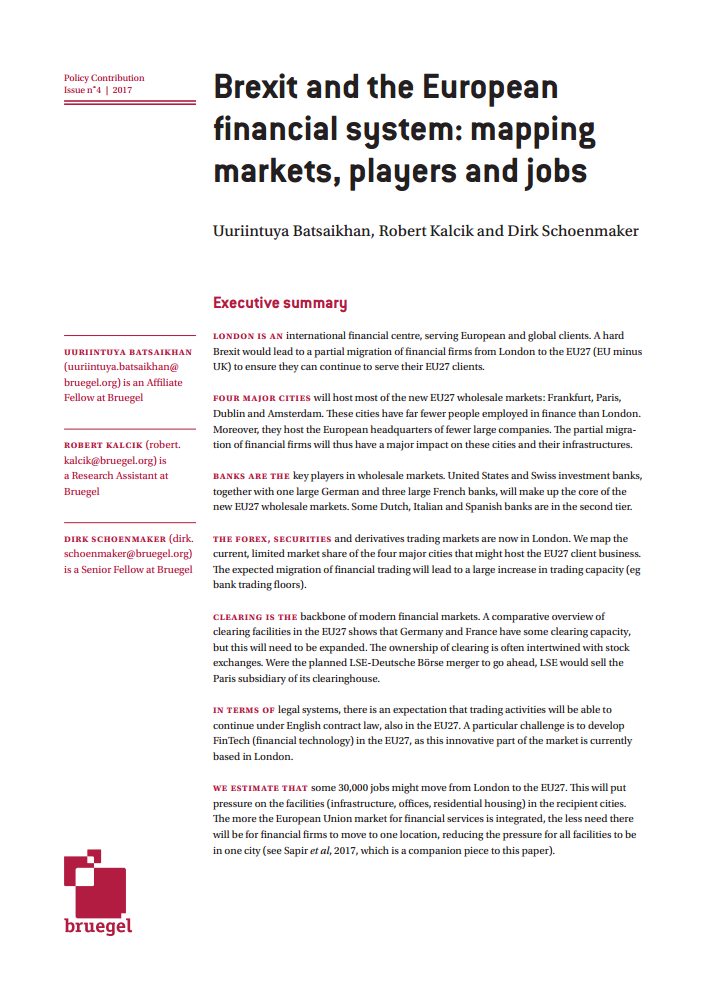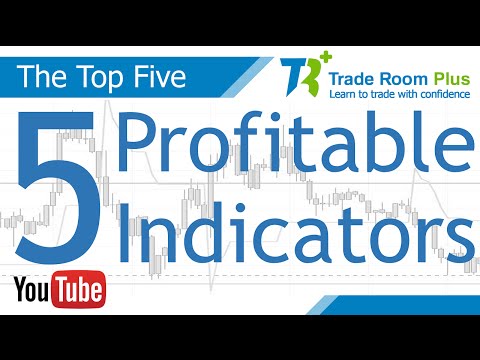Contents
Most traders use predictive tools that can help them to trade better. As a reliable indicator of fluctuations and shifts in the markets, the put call ratio tells you about market direction in the future, although in a contrarian way. The idea behind this is that the daily volume of puts and calls in stock markets are studied. This indicates a general market sentiment, and based on it, you can place your trades.
4) No need to issue cheques by investors while subscribing to IPO. It is an important and useful indicator to understand the market as 80% volumes of the NSE F&O segment is contributed by Option trading. As price of Nifty futures started to increase from 23rd July, traders who were short in the futures market along with the call option writers had to run for a cover and close their short positions. This panic was observed by a sharp decline in the open interest positions of Nifty future contracts. In addition, implied volatility also tumbled along with an increase in https://1investing.in/ due to unwinding of open positions in short call option strikes.

Prevent unauthorized transactions in your account – Update your mobile numbers/email IDs with your stock brokers. Receive information of your transactions directly from Exchange on your mobile/email at the end of the day – Issued in the interest of Investors. A PCR of more than one indicates that traders are purchasing more put options than call options and signals a bearish trend going forward. Since the PCR is less than one, it indicates that traders are buying more call options than put options which depicts a bullish trend in the future. If the Put Call Ratio is above 1, then it suggests that there are more puts being bought in the market compared to calls.
Trends in the Put-Call Ratio and their contrarian interpretations
Stock Brokers can accept securities as margin from clients only by way of pledge in the depository system w.e.f. September 1, 2020. Put Call ratio has been moving in between 0.65 to 1.98 from last eight years and this range has been narrowed down in between 0.65 to 1.60 in last six years. Few experts use Put Call Ratio as an overbought or oversold indicator while other use it as a directional indicator by it’s up or down movement. Some time we find meaningful reversal in the market by using Put Call Ratio especially by its positive divergence when index is going down while Put Call Ratio is holding or moving upwards. Put Call Ratio, or the PCR ratio today, can be simply calculated by a Bhav Copy file which is available at exchange web portal.
- If one observes the Put-Call Ratio to be decreasing in value during a down-trending market, then it usually signifies a bearish outlook, characterised by option writers engaging in aggressive selling of the Call option strikes.
- A call option, on the other hand, gives investors the right to purchase assets at fixed prices.
- Put call ratio can be defined as the total number of outstandingput optionsdivided by the total number of outstandingcall optionsIn that same period.
- The buyer of the put option earns a right to exercise his option to sell a particular asset.
An increased measurement of the put-call ratio indicates the bearish sentiment in the stock market. Interestingly, the lowest put-call ratio level ever occurred in March 2000 when the market collapsed under the dot-com bubble. While all the leading institutional investors use Capitaline databases, Capital Market magazine gives access to the databases to individual investors through Corporate Scoreboard. Besides stock market and company-related articles, the magazine’s independent and insightful coverage includes mutual funds, taxation, commodities and personal finance.
Any decrease in the put-call ratio will go to the phase of extreme testing of market resistance levels. Underwriters in this vital stock component establish press positions with perennial Expectations of subsequent market corrections. Trade Brains is a Stock market analytics and education service platform in India with a mission to simplify stock market investing. To be a complete options trader, one needs to be able to understand a lot more than just having a simple understanding of Call Options and Put Options.
Now suppose the Put open interest for the same expiry and strike price stands at 4,310,600 and Call open interest stands at 6,816,250. There exist two basic kinds of options, a Call option, and a Put option.
Her goal is to make common retail investors financially smart and independent. To start trading in the Futures & Options market,open a FREE Demat accountwithSamco Securities– India’s best discount broker. But several traders also use volumes to calculate the Put Call Ratio.
Start Your Financial Learning Journey
Similarly, when the put/call ratio value declines below 0.7, and falling close to 0.5, means traders are buying more calls than put, an indication of an emerging bullish trend. Regardless, this derivative indicator has its share of drawbacks as well. Investors must find out about them in detail if they wish to combat the misgivings of market sentiments effectively. Since the outcome is less than 1, it indicates that investors are buying more call options when compared to put options. It further symbolises that investors are forecasting a bullish trend in future.

Because even a tiny deviation becomes an essential indicator for analyzing the market movement. The trend of PCR over a period of time is a more reliable indicator rather than PCR at a point in time. It is interpreted differently by traders depending on their investment style. Call Volume – is the total number of call options initiated in the same time period. Put Volume – is the total number of put options initiated over a given time period. The modus operandi observed is that once a client pays amount to them, huge profits are shown in his account online inducing more investment.
Analysis Of Put-Call Ratio
PCR is calculated depending on the quantum of open interest on a particular day. Any increase in the put-call ratio in the trending market indicates a bullish indication. This also points out that underwriters are aggressively expanding their portfolio scope and will continue in the near future. A low PCR indicates that traders are buying more call options than put options, indicating that they are speculating a bull run in the market.

Such an indicator helps determine the extent of bullish or bearish influence in the market. In other words, it helps traders to understand whether a recent increase or decrease in the market is excessive or not. Weekly options data hint at Nifty breaching 11,200Apart from buying arm’s length transaction a provisional 704 crore shares, FIIs net purchased 22,560 index futures contracts Tuesday, up from 3,370 contracts a day earlier. Option sellers in Nifty covered shorts big time, resulting in the weekly Nifty open interest put-call ratio rising to 1.09 from 0.6 on Monday.
It is essentially a contrarian indicator; as a result, it helps traders to escape the herd mentality when it comes to investing in a given market. Over the years the scope of the databases has enlarged to cover economy, sectors, mutual funds, commodities and news. Many innovative online and offline applications of these databases have been developed to meet various common as well as customized requirements. The ratio is calculated by dividing the number of traded put options by the number of traded call options. The formula is very simple to calculate – take the put options Open Interest and divide by the Open Interest of calls.
Highest in OI
Traders start covering bearish Nifty betsThe shedding of bullish bets has been coupled with fresh selling of Nifty call options over the past two days. One way to calculate PCR is by dividing the number of open interest in a Put contract by the number of open interest in Call option at the same strike price and expiry date on any given day. The Put-Call Ratio, or the PCR, which is a metric widely deployed by investors to assess the sentiment which is driving the market and is used to predict whether the current trajectory is heading towards a bull-run or a bear-run. The extremes of a deep analysis of the price-to-call ratio will ultimately lead the indices to go against the crowd, which will have negative contractual outcomes between the market and the trader. Investors may please refer to the Exchange’s Frequently Asked Questions issued vide circular reference NSE/INSP/45191 dated July 31, 2020 and NSE/INSP/45534 dated August 31, 2020 and other guidelines issued from time to time in this regard. “1. Stock Brokers can accept securities as margin from clients only by way of pledge in the depository system w.e.f. September 1, 2020.
How to Calculate Put Call Ratio?
Based on this information, traders decide if they should opt for a contrarian call in the prevailing market. Such an investment strategy is based on the practice of purchasing or selling investment units against the prevailing market conditions, to combat mispricing in the securities market. It is widely known that options traders, especially option buyers, are not the most successful traders. Although there are certainly some traders who do well, would it not make sense to trade against the positions of option traders since most of them have such a bleak record? The contrarian sentiment put/call ratio demonstrates it pays to go against the options-trading crowd.
Typically, options are used for speculation or as risk-hedging tools by market participants. But options can also be put to an alternative use, like that of predicting the market movement. Please note that your stock broker has to return the credit balance lying with them, within three working days in case you have not done any transaction within last 30 calendar days. Please note that in case of default of a Member, claim for funds and securities, without any transaction on the exchange will not be accepted by the relevant Committee of the Exchange as per the approved norms. Stock brokers can accept securities as margins from clients only by way of pledge in the depository system w.e.f September 01, 2020.
Volume Topper
The calculation of PCR for volumes and open interest is straightforward. Call Open Interest – is the total number of outstanding call contracts. Put Open Interest – is the total number of outstanding put contracts. The call option gives the buyer the right to purchase the underlying asset at a particular price. Before understanding how to calculate the Put Call Ratio, it is important to understand its components.
If more puts are being purchased, and less calls, this signals that there will be a rise in bearish market movements. In case more calls are being bought than puts, a bullish market may be on the cards, moving ahead. As with most sentiment indicators, the Put/Call Ratio is used as a contrarian indicator to gauge bullish and bearish extremes.
In the above chart we have automated the calculations for you so you can get live view of what market is thinking. On the flip side, if the ratio is higher than 1, it suggests traders are buying more Puts than Calls. Unlike Call options, Put options are not initiated just for directional call. Since the number of Call options traded is represented by the denominator of the formula, it means that if the number of Calls traded were to reduce, then the value of the Put-Call Ratio will increase. If one observes the Put-Call Ratio to be decreasing in value during a down-trending market, then it usually signifies a bearish outlook, characterised by option writers engaging in aggressive selling of the Call option strikes.
As a trader, what would you give to be able to know what the rest of the market participants are doing at any given point in time? Here is this secret report card, the put call ratio of Nifty Option Chain is as close to actually having this information as a trader is ever going to find.. If the ratio is high in a falling market, it reflects how bearish the sentiment is. But a rise in the ratio in a rising market is considered a bullish signal. PCR for marketwide positions can also be calculated by taking total number of OI for all open Call options and for all open Put options in a given series. It can also be calculated by dividing put trading volume by call trading volume on a given day.



